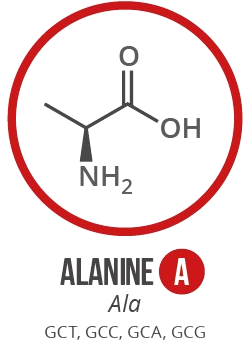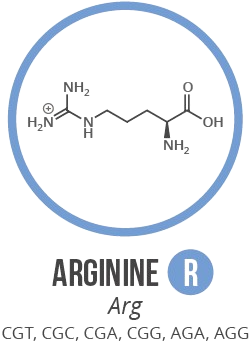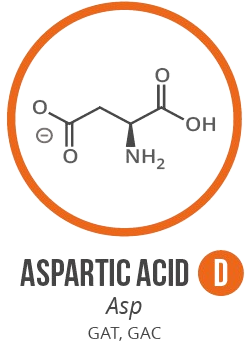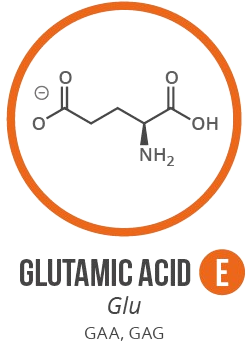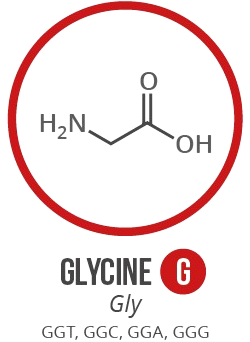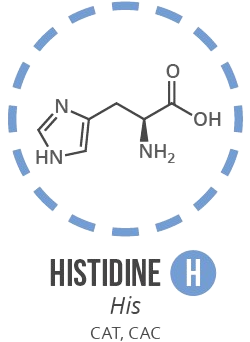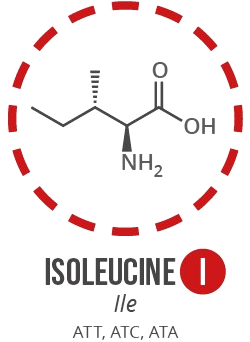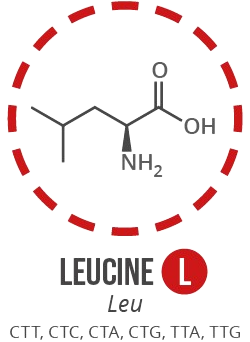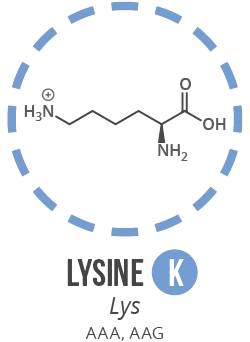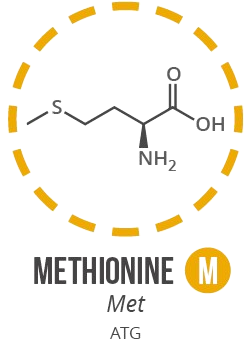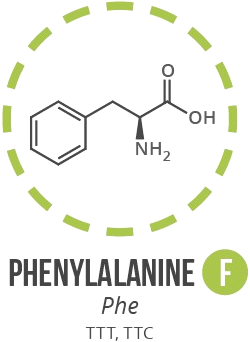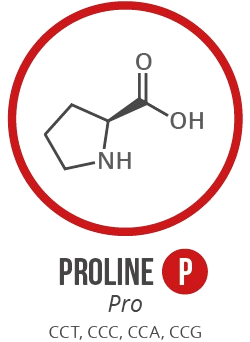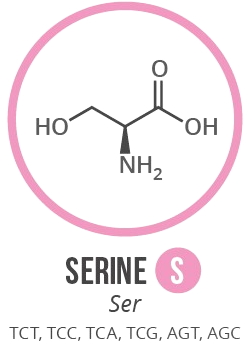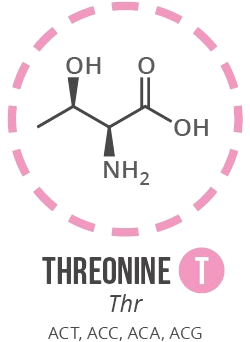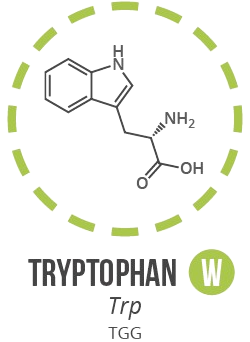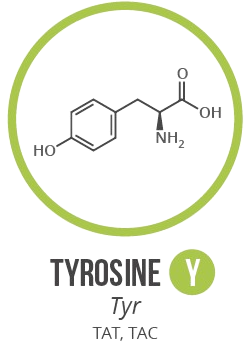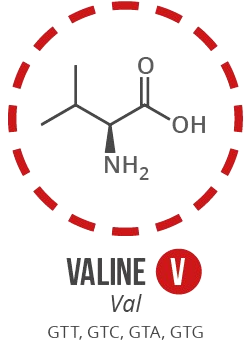Ingredients in Our Topical Products & Skin Enhancing Benefits
Metabolism and Functions of Amino Acids in the Skin
According to Advances in Experimental Medicine and Biology, Amino acids are the building blocks of all proteins, including the most abundant fibrous proteins in the skin, as keratins, collagen and elastin. Sagging and wrinkled skin are features of chronic sun-damaged and aged uncared skin, and they are mainly associated with the deterioration of collagen and elastic fibers. The maintenance of skin structures by self-repair processes is essential to skin health. Thus, amino acids significantly impact the appearance of the skin.
Amino acids are important nutrients required for
(a) wound healing promotion and repair of the damaged skin;
(b) acid-base balance and water retention in cellular layers, such as stratum corneum;
(c) protection against sunlight damage;
(d) maintenance of an appropriate skin microbiome
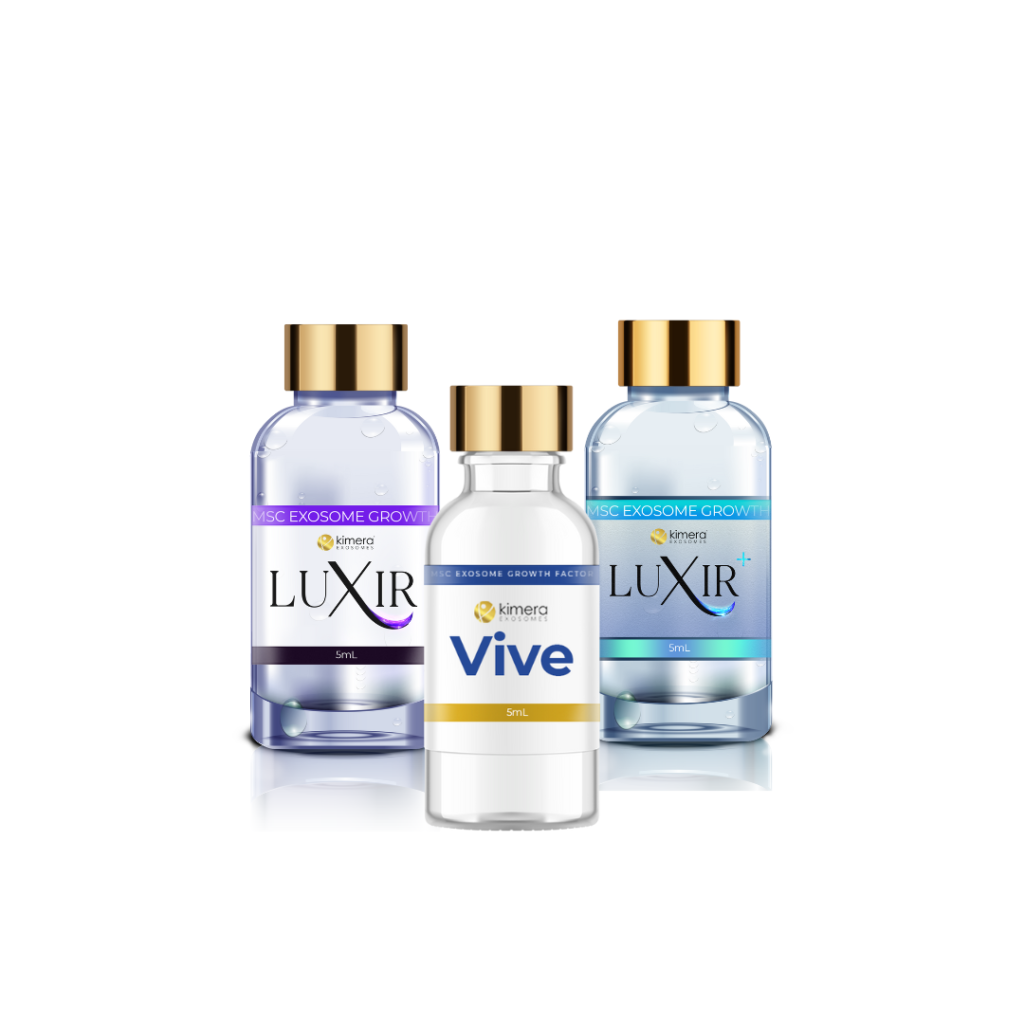
Amino Acid Summaries and Studies
- Park, J.I., et al., Oral Administration of Glycine and Leucine Dipeptides Improves Skin Hydration and Elasticity in UVB-Irradiated Hairless Mice. Biomol Ther (Seoul), 2017. 25(5): p. 528-534.
- Karna, E., et al., Proline-dependent regulation of collagen metabolism. Cell Mol Life Sci, 2020. 77(10): p. 1911-1918.
- Yamauchi, M., M. Terajima, and M. Shiiba, Lysine Hydroxylation and Cross-Linking of Collagen. Methods Mol Biol, 2019. 1934: p. 309-324.
- Wu, G., et al., Role of L-Arginine in Nitric Oxide Synthesis and Health in Humans. Adv Exp Med Biol, 2021. 1332: p. 167-187.
- Karimpour, M., et al., Oral administration of alanyl-glutamine and glutamine improve random pattern dorsal skin flap survival in rats. Iranian Journal of Basic Medical Sciences, 2018. 21(8): p. 842-847.
- Janeczek, M., et al., The Potential Uses of N-acetylcysteine in Dermatology: A Review. J Clin Aesthet Dermatol, 2019. 12(5): p. 20-26.
- Lin, C.H., et al., In vitro and in vivo percutaneous absorption of seleno-L-methionine, an antioxidant agent, and other selenium species. Acta Pharmacol Sin, 2011. 32(9): p. 1181-90.
- Ahsan, H., Immunopharmacology and immunopathology of peptides and proteins in personal products. J Immunoassay Immunochem, 2019. 40(4): p. 439-447.
- Gu, C., et al., Isoleucine Plays an Important Role for Maintaining Immune Function. Curr Protein Pept Sci, 2019. 20(7): p. 644-651.
- Pawar, K., et al., Transdermal Iontophoretic Delivery of Lysine-Proline-Valine (KPV) Peptide Across Microporated Human Skin. J Pharm Sci, 2017. 106(7): p. 1814-1820.
- di Lorenzo, R., et al., Phenylalanine Butyramide Is a New Cosmetic Ingredient with Soothing and Anti-Reddening Potential. Molecules, 2021. 26(21).
- Friedman, M., Analysis, Nutrition, and Health Benefits of Tryptophan. Int J Tryptophan Res, 2018. 11: p. 1178646918802282.
- Rzepka, Z., et al., From tyrosine to melanin: Signaling pathways and factors regulating melanogenesis. Postepy Hig Med Dosw (Online), 2016. 70(0): p. 695-708.
- Mavon, A., Acetyl aspartic acid, a novel active ingredient, demonstrates potential to improve signs of skin ageing: from consumer need to clinical proof. Int J Cosmet Sci, 2015. 37 Suppl 1: p. 1-2.
- Moro, J., et al., Histidine: A Systematic Review on Metabolism and Physiological Effects in Human and Different Animal Species. Nutrients, 2020. 12(5).
- Jara, C.P., et al., Glutamic acid promotes hair growth in mice. Scientific Reports, 2021. 11(1): p. 15453.
- Kim, H., et al., Combined Skin Moisturization of Liposomal Serine Incorporated in Hydrogels Prepared with Carbopol ETD 2020, Rhesperse RM 100 and Hyaluronic Acid. Korean J Physiol Pharmacol, 2015. 19(6): p. 543-7.
- Jiravanichanun, N., et al., Threonine in Collagen Triple-helical Structure. Polymer Journal, 2006. 38(4): p. 400-403.
- Lomelino, C.L., et al., Asparagine synthetase: Function, structure, and role in disease. J Biol Chem, 2017. 292(49): p. 19952-19958.

